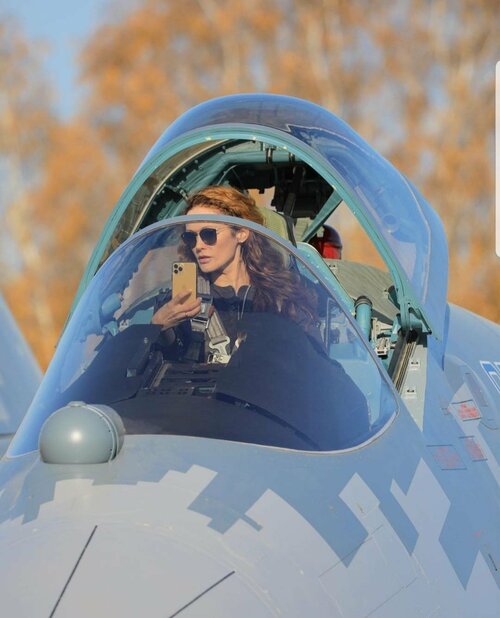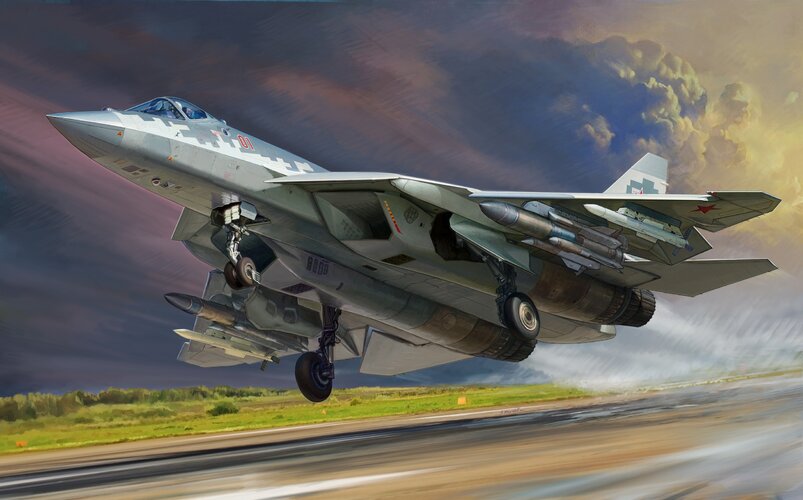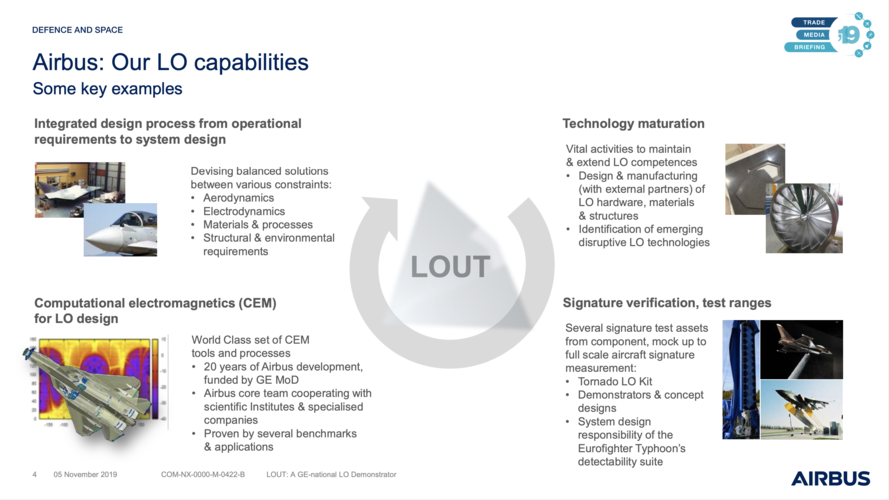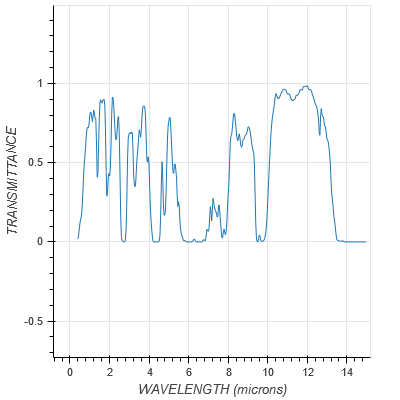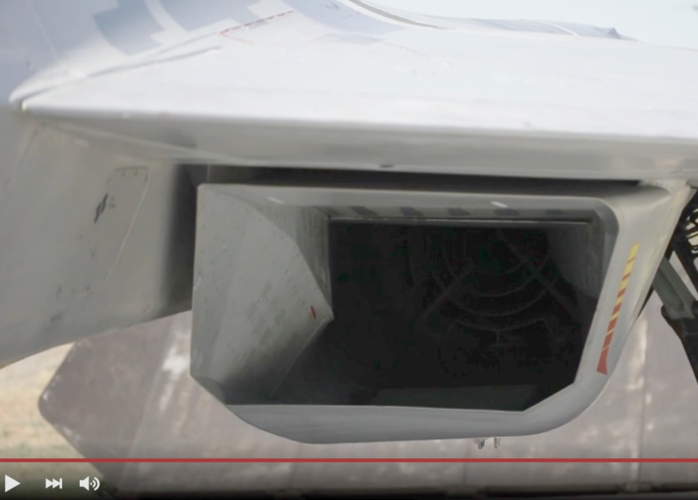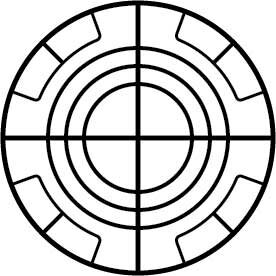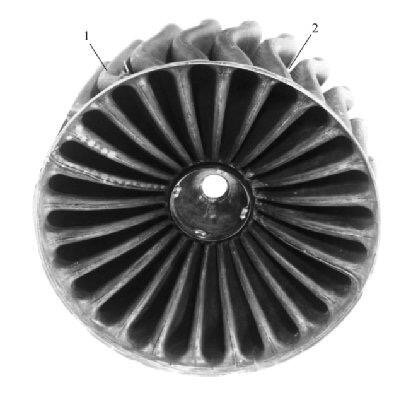LMFS
ACCESS: Top Secret
- Joined
- 19 March 2019
- Messages
- 533
- Reaction score
- 880
I am answering the most general part on the counter stealth thread, please feel free to move the answer there to where you consider it best.
As to the points that relate directly to the Su-57:
Nobody is saying onboard radar is dead, I just say that a plane on a mission that demands it to remain stealth cannot be happily scanning the airspace with its radar. It will receive updates of the tactical information from other sources and keep their ESM searching for any hint of enemy activity. If it does not know a (modern, capable) plane is incoming, the worst thing it can do is to turn on the radar to search it himself. Of course, if it receives info about a possible target it can cue its radar in that direction, if it is necessary, without alerting other enemies. Or one single plane in a wing can stay behind and illuminate targets for the rest of the group. There can be many situations where the radar is needed or can be used without paying a high price for doing so and because of tactical flexibility fighters will always be equipped with them. On the Su-57 the amount of arrays allows not only to use them as simultaneous active illuminators but also as high gain antennas for the ESM or ECM subsystems, and to have them covering as wide an angle as possible makes total sense. More in fact than the approach seen on F-22 and F-35, which seem to rely heavily on the avilability of external information sources and therefore settle for their fixed radar antennas of reduced FoV.
There is a caveat to what I say above, in case a kinematically superior fighter (both F-22 and Su-57 aim to be that fighter) attacks another plane from a distance from where their own missiles are in range but the enemy's are not. It is questionable that stealth planes can see each other at such ranges, unless from specific aspects, but this is still a possibility.
As to the points that relate directly to the Su-57:
Think of it like this, there are 5 different radio emitters on Su-57, and these things are expensive. If using radar remove all advantage of stealth, Russian wouldn't put that many on Su-57
Nobody is saying onboard radar is dead, I just say that a plane on a mission that demands it to remain stealth cannot be happily scanning the airspace with its radar. It will receive updates of the tactical information from other sources and keep their ESM searching for any hint of enemy activity. If it does not know a (modern, capable) plane is incoming, the worst thing it can do is to turn on the radar to search it himself. Of course, if it receives info about a possible target it can cue its radar in that direction, if it is necessary, without alerting other enemies. Or one single plane in a wing can stay behind and illuminate targets for the rest of the group. There can be many situations where the radar is needed or can be used without paying a high price for doing so and because of tactical flexibility fighters will always be equipped with them. On the Su-57 the amount of arrays allows not only to use them as simultaneous active illuminators but also as high gain antennas for the ESM or ECM subsystems, and to have them covering as wide an angle as possible makes total sense. More in fact than the approach seen on F-22 and F-35, which seem to rely heavily on the avilability of external information sources and therefore settle for their fixed radar antennas of reduced FoV.
There is a caveat to what I say above, in case a kinematically superior fighter (both F-22 and Su-57 aim to be that fighter) attacks another plane from a distance from where their own missiles are in range but the enemy's are not. It is questionable that stealth planes can see each other at such ranges, unless from specific aspects, but this is still a possibility.
Last edited:

